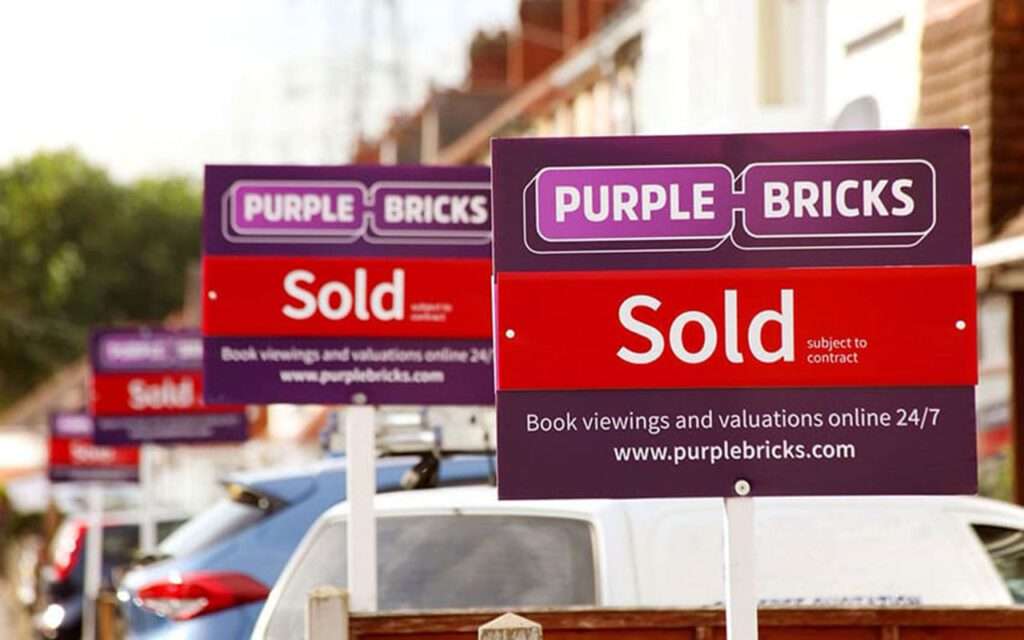A nationwide shortage of bungalows is preventing hundreds of thousands of older homeowners from downsizing, with more than one in seven over-55s saying they have been forced to abandon plans to move, according to new research.
The HomeOwners Alliance said that in the past two years, 1.2 million people aged 55 and over wanted to sell up but were unable to find suitable properties, with many citing the lack of single-storey homes as the biggest barrier.
In a survey of 2,000 adults, 38% of respondents over 55 said they would prefer to move into a bungalow, making it the most popular housing choice for that age group. Yet the supply of such homes has dwindled dramatically. While bungalows made up around 11% of new homes built in 1990, last year they accounted for barely 1%, according to the National House Building Council.
The first bungalows in the UK were built in Kent in the 1860s, and they became especially popular in seaside towns. But developers now say the economics don’t stack up: a two-bedroom bungalow uses as much land and attracts the same planning levies as a four-bedroom house, which is more profitable to sell.
Paula Higgins, chief executive of the HomeOwners Alliance, said too many older homeowners were “stuck in homes that no longer work for them” but lacked realistic alternatives. She urged the government’s long-promised housing strategy to include “single-storey solutions” to meet the needs of a rapidly ageing population.
Industry experts argue that improving the availability of retirement housing, including high-quality bungalows, would not only benefit older people but also free up larger family homes for younger buyers, helping to ease the UK’s wider housing crisis.





